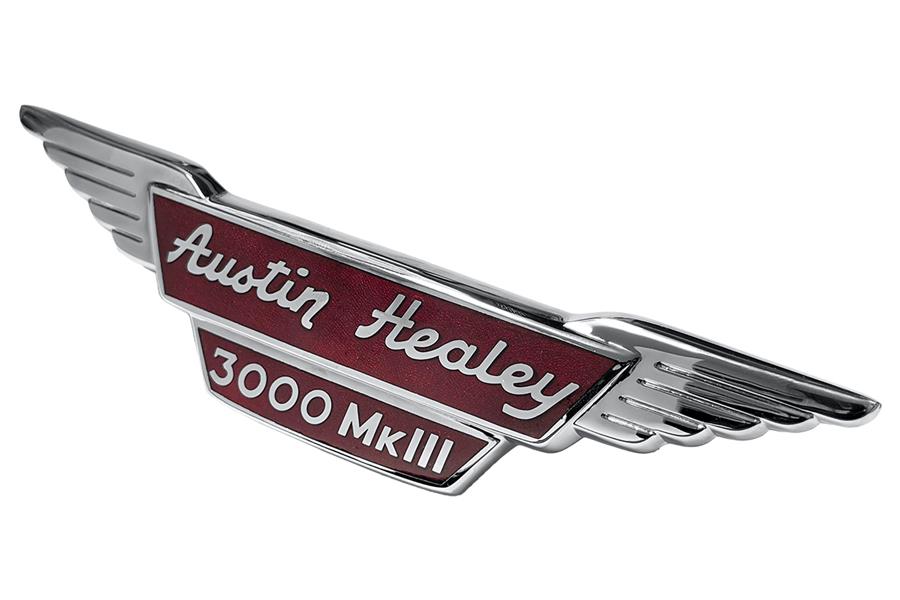Offline
My first impression ..
Looks like a badge that was originaly painted, with the cloisonné added
I have one like this with the words "Quicksilver Stanford CT" in the back
Find what you like and use it ;-)
My guess is this would have come from "Sports and Classics" https://sportsandclassics.com/ Some of their stuff is NOS and other is reproduction. Make your own decision.

 Hi Guest!
Hi Guest!

 smilie in place of the real @
smilie in place of the real @
 Pretty Please - add it to our Events forum(s) and add to the calendar! >>
Pretty Please - add it to our Events forum(s) and add to the calendar! >> 




 :eagerness:
:eagerness:
